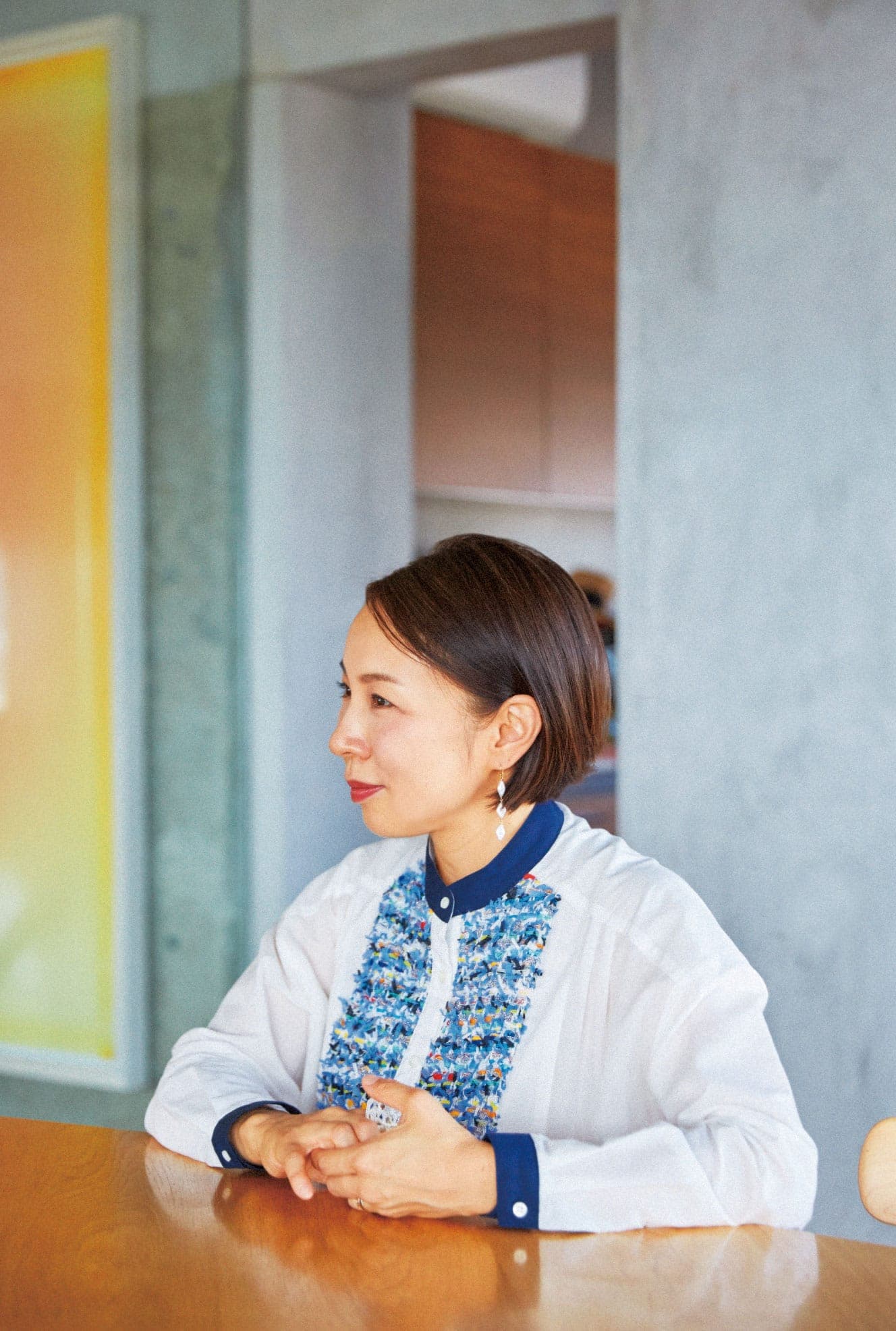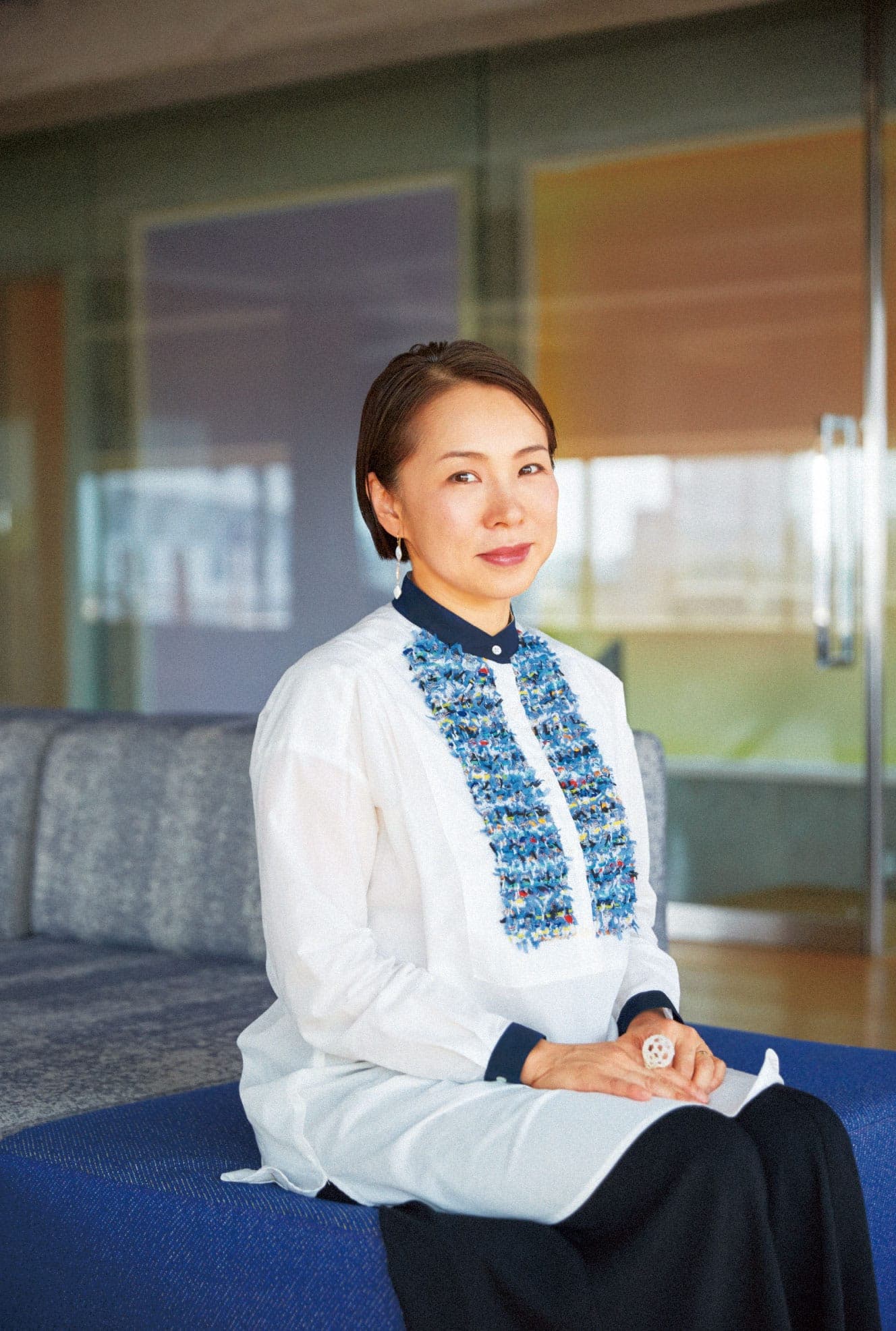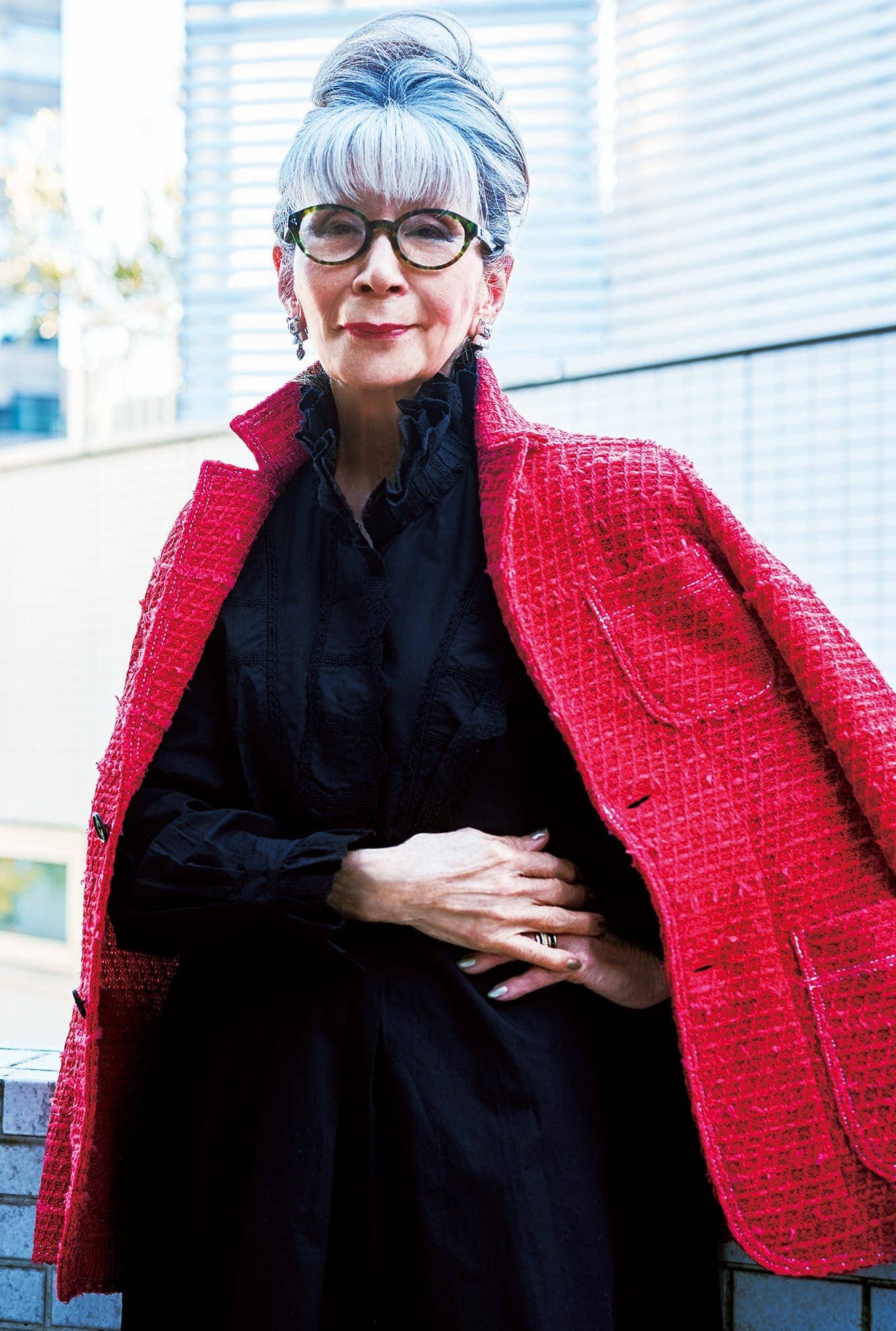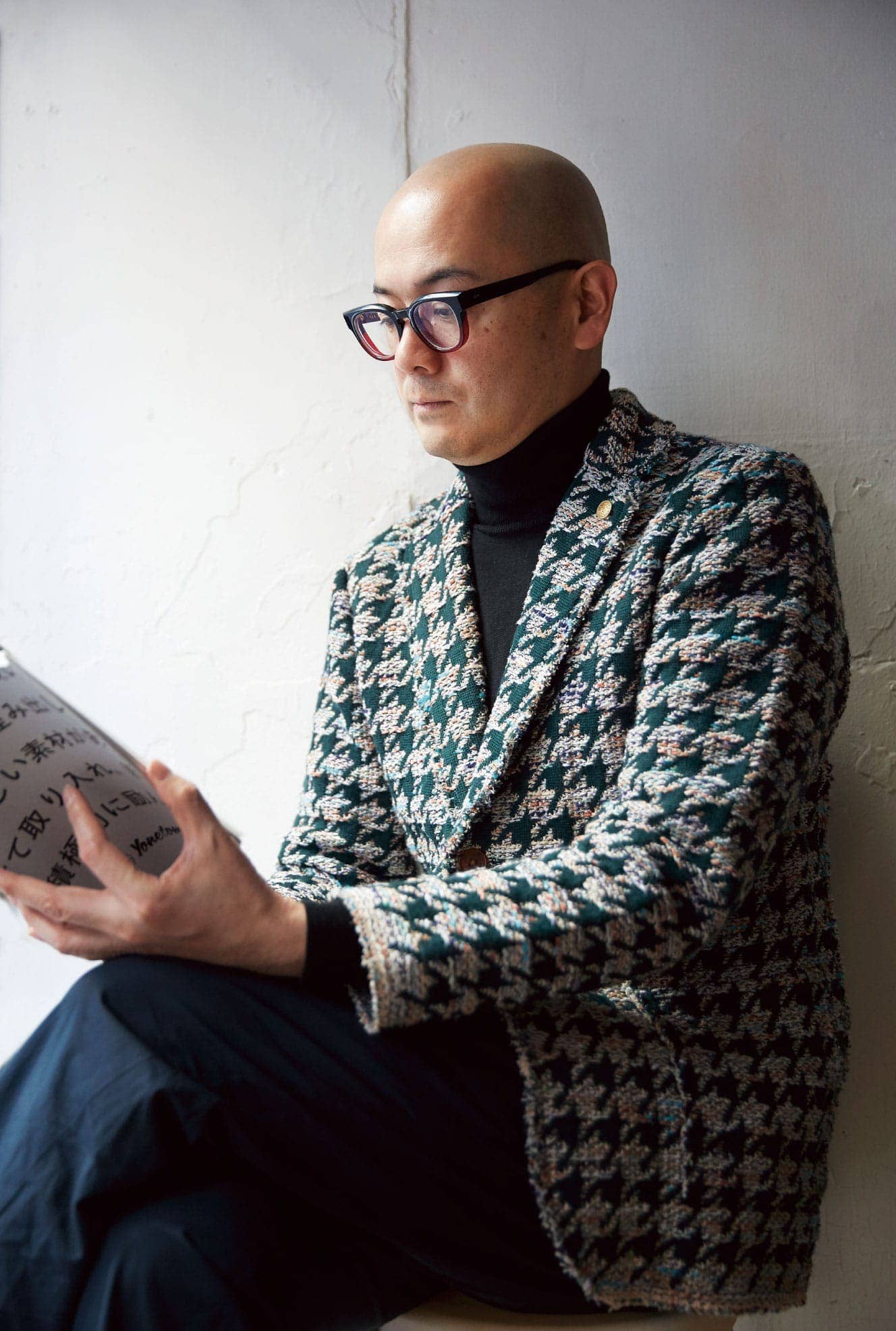

Yuko Nagayama
Architect, Yuko Nagayama & Associates
Yuko Nagayama was born in 1975 in Tokyo. After working at Jun Aoki & Associates, she established Yuko Nagayama & Associates in 2002. Her signature projects include the Louis Vuitton Kyoto Daimaru and Teshima Yokoo House, and she is the recipient of many awards and honors.
Yuko Nagayama & Associates
www.yukonagayama.co.jp
NAGAYAMA
Yuko Nagayama deals with architectural projects ranging from retail spaces of every type to office buildings, galleries, halls, hotels, traditional inns, museums, tea ceremony rooms, shrines and city planning projects. While maintaining a full and varied workload as an architect, she also manages to take care of her children. At her home, which she finished renovating in February of last year, she spoke to us about work and the other necessary elements of life.
Wherever people gather, it’s the people who matter.
It’s not the building that matters.
Buildings are there to provide an opportunity for people to gather.
Thoughts on work
I often work with commercial structures, and I think they’ll have a large public role to play in the future. It will be important for something like a large shopping center, for example, to function as a place where the people of that community can feel comfortable gathering.
As for private homes, it’s necessary to get a sense of what the owners want with regards to the future. At the beginning, it’s impossible to put these things into words, but you slowly probe and try to get a sense of future needs, and sometimes you even need to listen to your clients with the ears of a psychoanalyst. The one thing I try not to do is to build a house that is all about shape and not grounded in actual needs.
My Uwajima1 and Teshima2 renovations involved some pretty special conditions. These projects were not just about practical use, but more about creating a new future for old buildings by giving a fresh meaning to the existing structures.
Thoughts on home
I work and take care of my home at the same time, so I need it to be a practical and efficient space. I also try to make it a place where I can be with my children as much as possible. I think it’s very important that we share the same space with each other. Even if we aren’t talking, I can see my children out of the corner of my eye, and I have an idea of what they’re thinking and doing. Being together in the same space is a type of communication. Sometimes I’ll have twenty people in my house – when it comes to my friends with small children, getting together and doing things outside the home can be a challenge.
Thoughts on food
I only have a limited amount of time to cook, so we can’t always eat fancy things. But there are ways to add small, interesting touches to daily life. If the wind isn’t too strong, we can go out and eat on the veranda. Eating in the fresh air always gives my kids a big appetite.
Thoughts on clothing
I’ve always loved clothes, but I used to keep them here and there, and when I gathered them all together in one closet, I was quite astonished – I didn’t realize I had so many clothes! With COOHEM clothes, a jacket, for example, may have a standard shape, but it uses unique materials which make it really interesting. COOHEM clothes have a real presence, which makes them perfect for interviews or lectures. It’s important for clothes to be comfortable, but for a presentation, I also like to choose clothes that give me a lift, or which envelop me in a comforting way.
Thoughts on going out
I enjoy going to places where I can have fun with my children, but when I’m in the mood for something special, I like to go somewhere where I can relax and enjoy myself as an adult. For example, a charming restaurant that I find in a park in some foreign country. A restaurant that serves first-class food. At nighttime, it has a grown-up type of ambiance – depending on the time of day, it has a different allure which attracts different kinds of people. In Japan, I think we’ll also be seeing more of this kind of effort to find new ways of utilizing existing parks and building stock.
Thoughts on raising children
It was after I started raising children that I got a true sense of what ‘local community’ really means. Before that, it was a word I encountered during my architecture studies, and city hall was a place where I went to apply for building permits. But then I started going to city hall, visiting preschools, participating in local community activities, and – for the first time – I really felt connected to the place I had been born and raised. My life has become a simple balance of work and child-raising, and I hope I can continue this in a reasonable and sustainable style.
These days, we’re seeing more women like me who manage to continue their work as architects while raising children at the same time.
1 Kiya Ryokan: The Kiya Ryokan, a traditional inn in Uwajima, Ehime prefecture which operated from 1911 until 1995, reopened 17 years later as an innovative lodging facility which accommodates only a single party of guests per day.
2 Teshima Yokoo House: Three structures of an old residence in Teshima, Kagawa prefecture were renovated and expanded upon to create a museum dedicated to the works of artist Tadanori Yokoo.

Yuko Nagayama
Architect, Yuko Nagayama & Associates
Yuko Nagayama was born in 1975 in Tokyo. After working at Jun Aoki & Associates, she established Yuko Nagayama & Associates in 2002. Her signature projects include the Louis Vuitton Kyoto Daimaru and Teshima Yokoo House, and she is the recipient of many awards and honors.
Yuko Nagayama & Associates
www.yukonagayama.co.jp




